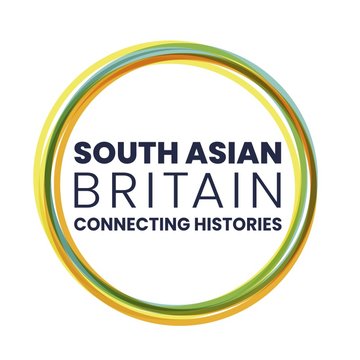
National Indian Association
‐
Association created in 1870 for British and Indian people to meet in Britain
Other names
NIA
Location(s)
Varied: members' houses; Imperial Institute; in 1910 their offices were housed in 21 Cromwell Road, London, along with the Northbrook Society and the Bureau of Information for Indian Students.
21 Cromwell RoadLondon
SW5 0SD
United Kingdom
About
The National Indian Association (NIA) was founded in 1870 by Mary Carpenter in Bristol, with the assistance of Keshub Chunder Sen. The organization's full name was originally National Indian Association in Aid of Social Progress in India.
In 1871 Mrs Manning and her stepdaughter Elizabeth Adelaide Manning started a London branch. Mary Carpenter died in 1877 and the London branch became the headquarters for the Association. The NIA also had branches in other cities in the UK and in India. After the death of Manning in 1905, E. J. Beck, sister of Theodore Beck, became Honorary Secretary until her retirement in 1932.
The initial aim of the Association was to encourage female education in India. It also sought to educate and inform the British about Indian affairs. As the number of Indians in Britain grew, an increasingly important function was to facilitate social intercourse between Indian visitors and the British. The Association held soirées, conversaziones, lectures and meetings and often organized guided tours of sights. The NIA produced a monthly journal from 1871, providing information about their activities. In 1880 a sub-committee, the Northbrook Indian Club, was formed to look after a reading room for Indian students. This became a separate society in 1881, called the Northbrook Indian Society.
In 1910 the offices were moved to 21 Cromwell Road in South Kensington, to be housed alongside the Bureau of Education for Indian students. The Association began to decline after its jubilee year in 1920. Few of its original members remained alive and an increasing array of different organizations arose in London to cater for Indian interests. The Association stayed alive in a residual form after Indian independence, merged with the East India Association in 1949 and was incorporated into the Royal Society for India, Pakistan and Ceylon in 1966.
Murder of Sir Curzon Wyllie by Madan Lal Dhingra at an 'At Home' held at the Imperial Institute, 1 July 1909
Emma Josephine Beck (secretary), Mary Carpenter (founder), Lord Hobhouse (president), Lady Hobhouse, Elizabeth Adelaide Manning (secretary), Keshub Chunder Sen (founder).
Journal of the National Indian Association (from 1871)
Handbook of Information Relating to University and Professional Studies for Indian Students (London: Archibald Constable, 1893; repr. 1904)
Apart from works on Mary Carpenter, Keshub Chunder Sen and E. A. Manning (see their entries), other works that give insight into the NIA include:
Burton, Antoinette, At the Heart of the Empire: Indians and the Colonial Encounter in Late-Victorian Britain (Berkeley: University of California Press, 1998)
Khalidi, Omar (ed.) An Indian Passage to Europe: The Travels of Fath Nawaj Jang (Karachi: Oxford University Press, 2006)
Lahiri, Shompa, Indians in Britain: Anglo-Indian Encounters, Race and Identity, 1880–1930 (London: Frank Cass, 2000)
Robinson, Andrew, ‘Selected Letters of Sukumar Ray’, South Asia Research 7 (1987), pp. 169–236
Wainwright, A. Martin, 'The Better Class' of Indians: Social Rank, Imperial Identity, and South Asians in Britain 1858–1914 (Manchester: Manchester University Press, 2008)
Mss Eur 147, minute books of National Indian Association, financial papers and other miscellaneous papers, Asian and African Studies Reading Room, British Library, St Pancras
Liverpool Mercury (22 December 1874)
Pall Mall Gazette (6 February 1888)
The Times (17 March 1886; 19 November 1886; 30 April 1891; 2 April 1892; 4 May 1897; 18 July 1898; 26 March 1901; 30 May 1903; 19 June 1906; 24 May 1907; 1 September 1908)
Western Daily Press (10 September 1870)
For image and copyright details, please click "More Information" in the Viewer.
Image credit
© Remaking Britain: South Asian Connections and Networks, 1930s – present
